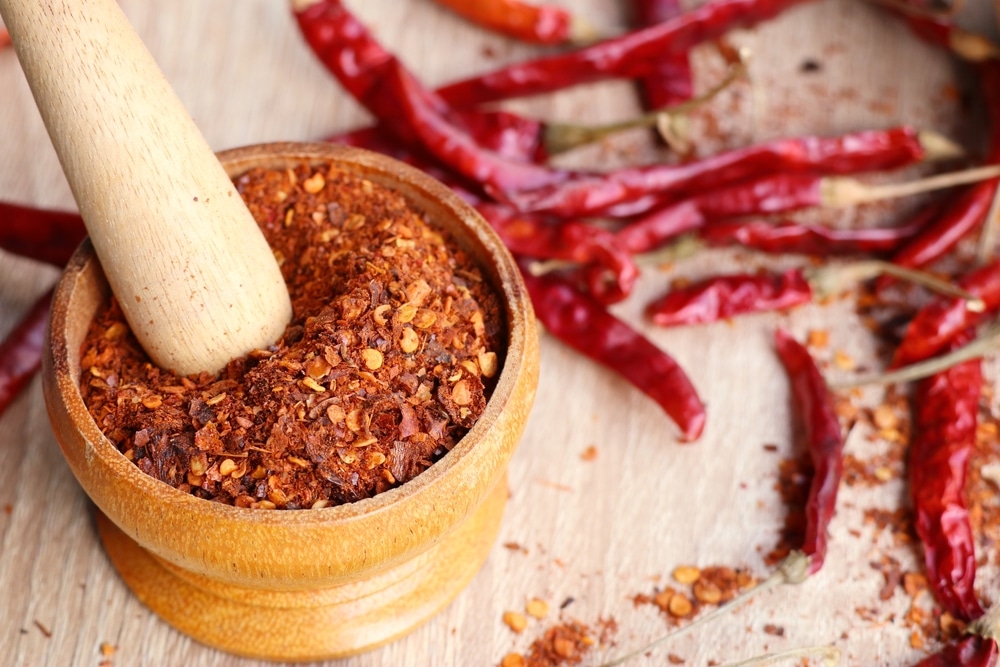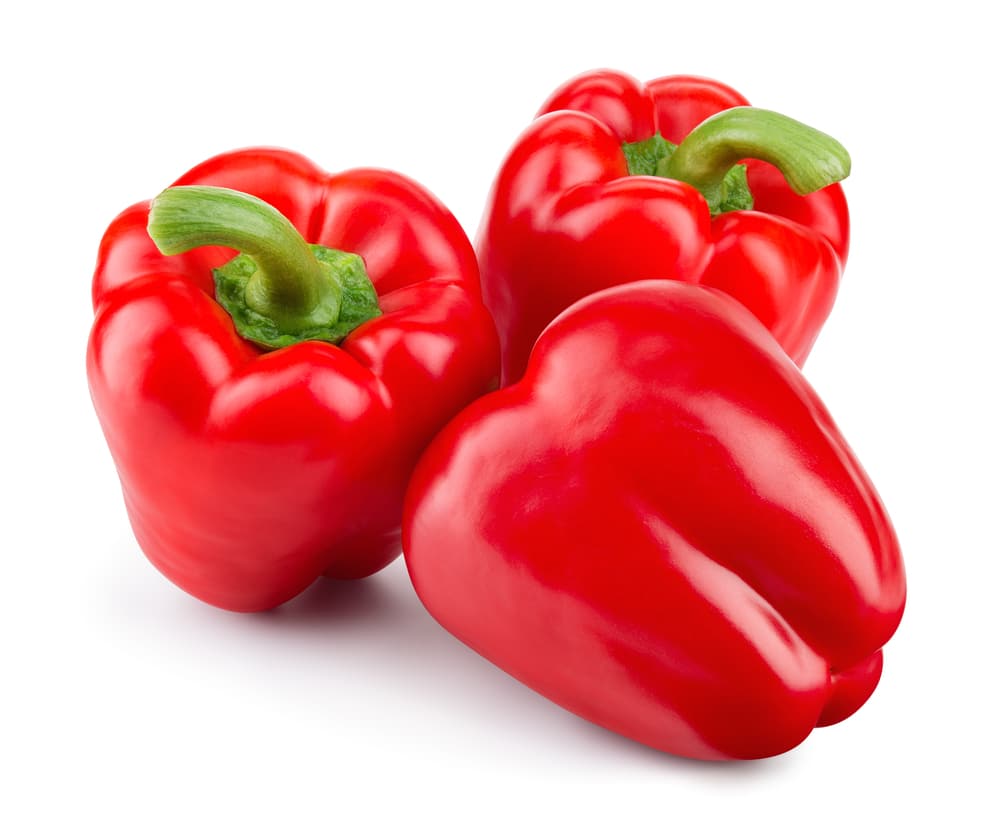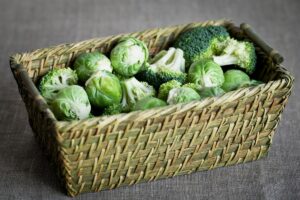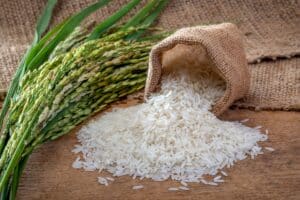Both cayenne pepper and red pepper are very common ingredients. They’re both a great way to add a little heat and color to your cooking. From refreshing Mexican salsas to spicy Indian curries, you can expect to see both of these ingredients in a variety of recipes.
When you’re dealing with spices, however, a lot of the names can begin to overlap. As a result, it’s pretty easy for beginners to confuse one for the other. Some recipes might even use these two ingredients interchangeably, leaving many chefs wondering if there’s any difference at all.
So, what’s the difference between cayenne pepper and red pepper? Is cayenne pepper the same as red pepper?
The main difference between cayenne pepper and red pepper is that while cayenne pepper refers to a specific plant, red pepper is an umbrella term that describes a wide variety of ingredients. In fact, cayenne pepper is one of the many plants that the term “red pepper” encompasses.
Cayenne Pepper vs Red Pepper
- Appearance: Cayenne pepper is a long, thin pepper with a green stem; while it is usually red, it can come in other colors as well. Red peppers come in several shapes and sizes, and they are always red.
- Flavor: Cayenne pepper has a strong, hot flavor. Red peppers can range from mild to extremely hot.
- Shelf life: Both cayenne peppers and red peppers have the same shelf life. When fresh, they can last up to three weeks. When ground or dried, they can last for several years.
- Use cases: Cayenne pepper is a common ingredient in spicy dishes. Because of its wider flavor range, red pepper is more versatile than cayenne pepper.
Comparison Table
| Cayenne pepper | Red pepper |
| Refers to a particular type of pepper | Refers to a broad variety of peppers |
| It’s usually spicy, ranging between 30,000 and 50,000 Scoville units | Can be spicy or mild |
| It’s normally red but can occasionally come in other colors | It’s always some shade of red |
| Normally grows in tropical or subtropical regions | Grows in a variety of climates around the world |
Can You Substitute Cayenne for Red Pepper?
It’s safe to say that cayenne pepper and red pepper have a lot of traits in common. But can they work as substitutes for one another? That depends on a few different factors – but in general, you usually can substitute these two ingredients for one another.
Because red pepper is a broad category, it can often work as a substitute in a dish that calls for cayenne – but that depends on the type of red pepper you choose. Because cayenne is spicy, you’ll want to use a red pepper with a similar Scoville scale ranking. Some red peppers, such as chilis or habaneros, can make a suitable replacement for cayenne peppers. Other types, such as bell peppers, may not give the same desired effect.
But what about the other way around – can you substitute red pepper for cayenne pepper?
In many cases, yes – but only if you are intending to make a spicy dish. Cayenne pepper will not work as a substitute for dried paprika, for instance, as that variety of red pepper is quite mild. However, it can make a good substitute for something like chili peppers, which have a very high Scoville scale ranking.
In summary, there are some cases where cayenne pepper and red pepper are interchangeable, but it depends entirely on the type of recipe you are making. Use your best judgment and consider your personal preferences when substituting these two ingredients.
What Is Cayenne Pepper?

What exactly is a cayenne pepper? Is cayenne pepper spicy? And what are the benefits of using cayenne pepper in your cooking? As you read on, you’ll find the answers to all of your questions and much more.
Cayenne pepper is a member of the capsicum genus. This is a broad family of plants that includes a wide variety of peppers. Fully ripe cayenne peppers will be bright red, narrow, and between three to ten inches long.
Different varieties of cayenne peppers exist, from the spicy “Numex Las Cruces Cayenne” to milder “Cayenne Sweet.” Most varieties are red, but there are a couple of exceptions. The “Cayenne Violet,” for instance, has a deep purple color. And the “Golden Cayenne,” as the name suggests, comes in a golden-orange color!
No matter the variety, you can expect cayenne peppers to be pretty spicy. The mildest varieties will rank around 20,000 on the Scoville scale, which is still pretty powerful. Because of this, those looking for a mild pepper will want to look elsewhere.
Cayenne peppers can come with a huge variety of health benefits. A few studies suggest that capsaicin, the chemical that gives these peppers their fiery bite, can help boost your metabolism. Cayenne peppers are also high in essential nutrients such as fiber, vitamin A, and vitamin C.
How to Use Cayenne Pepper
Do you want to reap the benefits of this delicious pepper? There are plenty of ways to use cayenne pepper in your cooking.
Some people prefer to use ground cayenne pepper, while others like them fresh from the garden. No matter your preference, there’s sure to be a way to incorporate them into your diet.
Here are a few ideas to get you started.
Ideas for Powdered Cayenne Pepper
- Stir some cayenne pepper into your hummus to give it a spicy kick.
- Sprinkle a little bit of ground cayenne into your favorite soups or chilis.
- Mix some ground cayenne pepper into your taco seasoning to give it a little extra heat.
- Add some ground cayenne pepper to a cup of lemon tea for a metabolism-boosting drink.
- Do you have a sweet tooth? Consider adding a pinch of cayenne powder to your next cup of hot cocoa.
- Use cayenne pepper as a topping for your scrambled eggs or omelets.
- Don’t have any chilis or jalapenos on hand? A tablespoon of powdered cayenne can add some heat to a pot of homemade queso.
Ideas for Fresh Cayenne Pepper
- Use fresh cayenne pepper as a topping for your pizza.
- Next time you make homemade tomato sauce, consider adding some sliced cayenne peppers for a spicy twist.
- Use cayenne peppers to add some heat to your homemade salsas.
- Add cayenne peppers to your stir fry to give it a little extra heat.
- Do you want your cayenne pepper to last longer? Use a food dehydrator to keep them fresh for several months.
- If you prefer your cayenne in powder form, consider making powdered cayenne from scratch.
What Is Red Pepper?

What exactly is red pepper? This term is so broad it can be hard to define. They can come in several different shapes and sizes; some are mild, while others are scorching-hot.
Red pepper refers to a broad category of peppers that are red. In most cases, people will use it to describe a dried spice. But in other instances, it can refer to fresh red peppers as well.
When a recipe calls for “red pepper,” it is often referring to something spicy like chilis or even cayenne. In other instances, however, it can refer to milder peppers like bell pepper. Knowing what a recipe means by “red pepper” will depend entirely on context clues.
Red peppers can come with a variety of benefits. No matter the type, red peppers are usually high in nutrients such as vitamin C and fiber. And if they are spicy, they can offer the health benefits that come with capsaicin, such as immune system and metabolism-boosting qualities.
How to Use Red Pepper
Are you a fan of red peppers? Or do you simply want to get a little more of this healthy ingredient in your diet?
Whether you use them fresh or ground, red peppers are a simple way to add a burst of flavor to your dishes. They’re also incredibly versatile, so the opportunities are endless.
Here are a few ways to incorporate red pepper into your dishes!
Ideas for Ground Red Pepper
- Ground red pepper can add a dash of flavor and color to your homemade taco seasonings.
- You can also find red pepper in flake form, which goes great on top of pizzas, pasta, or omelets.
- Add some red pepper to your homemade curries or tomato sauces.
- Sprinkle some red pepper on top of baked macaroni and cheese to give it some color and a hint of spice.
- Make some homemade chili seasoning.
Ideas for Fresh Red Pepper
- Add some fresh red bell peppers on top of your pizzas.
- Roast some red peppers in the oven to make them extra flavorful.
- If you have a milder variety like bell peppers, you can slice them up and eat them on their own.
- Dice up some red peppers and use them as toppings for your tacos or burritos.
- Make some delicious stuffed peppers.
- Are you looking for a healthy meal? Consider adding fresh red peppers to your tossed salads.







